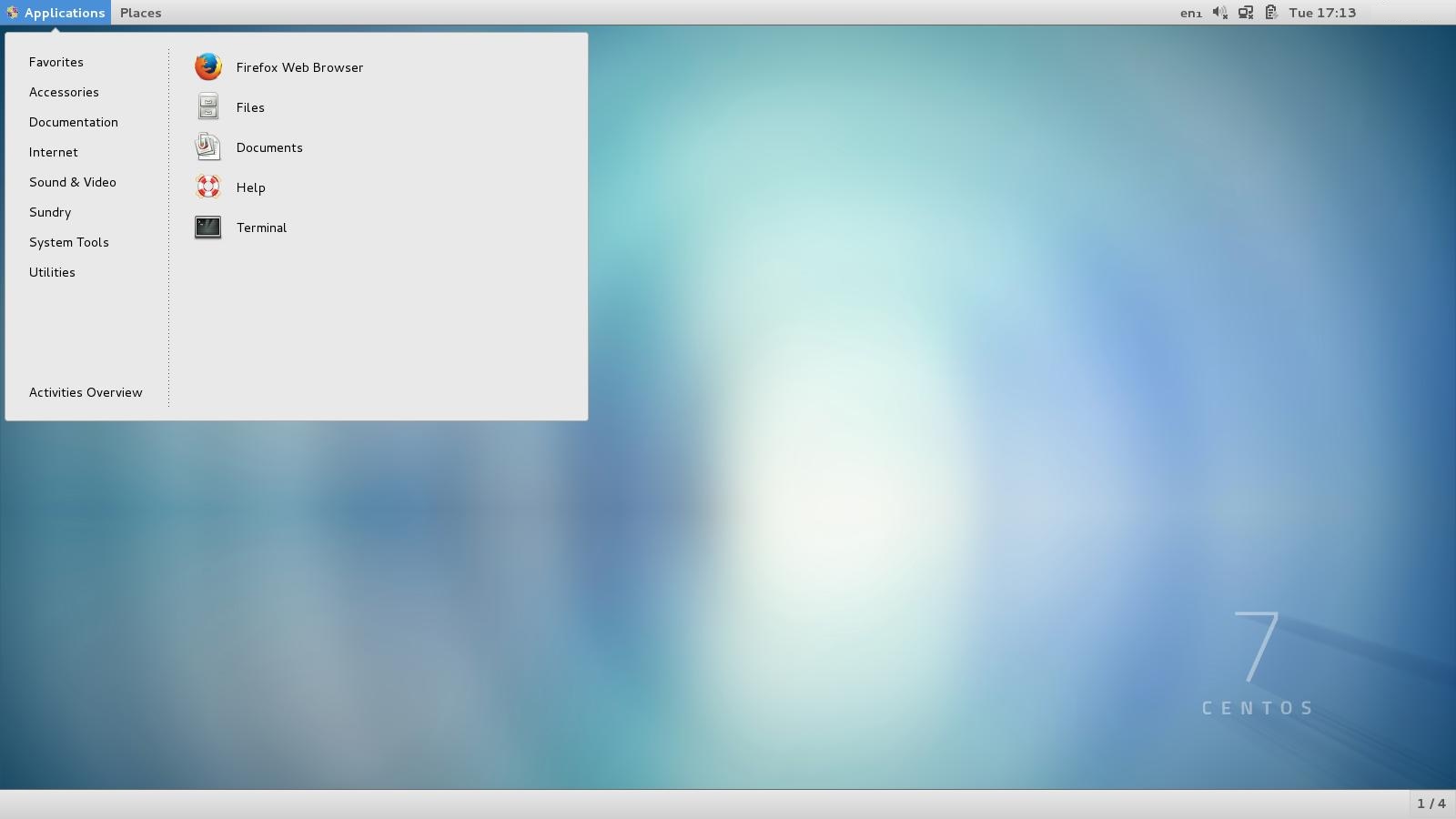

If extenuating circumstances prevent you from using nvm, you can rely on the resources of Node Package Manager (npm). We value simplicity and effectiveness in systems administration and, for us, the easiest method is to use Node Version Manager (nvm).īefore you start, check which version of Node.js you’re currently using by running node -v in a command line terminal. When you navigate to that URL, you will see the message Welcome to Express on the page.Ĭongratulations! You've now setup Node.The exact steps to updating Node.js on a Linux system can vary by distribution, but our recommended methods will work across most versions. It should look similar to this (replace 0.0.0.0 with your VPS IP): To fully test it, launch your web-browser and type the IP address of your VPS at port 3000 in the URL bar. If all went well, you should see something similar to this: > start /exampleuser/expressproject Now, log back out and log back in as the new user. This creates a user and sets the password for that account. This will help secure your server in the event that a vulnerability is exploited in Node.js. Create a non-privileged user (recommended)įor security reasons, create a regular system user and run node under that account. This will pull Express.js from the repository in npm and automatically install it globally (that's what the -g is for). It is not essential, but it will save you some headaches when doing npm install package in the future. To compile and install native Node.js addons from npm (node package manager), you will need to install these build tools. Install build tools (optional, but recommended) Once the script detects that you do not have Node.js installed, enter the following command to begin the install via the yum package manager. The script is downloaded directly from Joylent (the makers of Node.js) at their NodeSource repository. It runs a script that automatically steps you through the installation process. You will want to download the latest stable version of Node.js, which can be done by running the command below.

Most of the work is done for you by the YUM package manager. Installation is very easy - just follow the steps below. You can use Node.js to build rapid, scalable web apps with JavaScript.

This tutorial will show you how to install Node.js and Express.js on CentOS 6 (or CentOS 7).


 0 kommentar(er)
0 kommentar(er)
